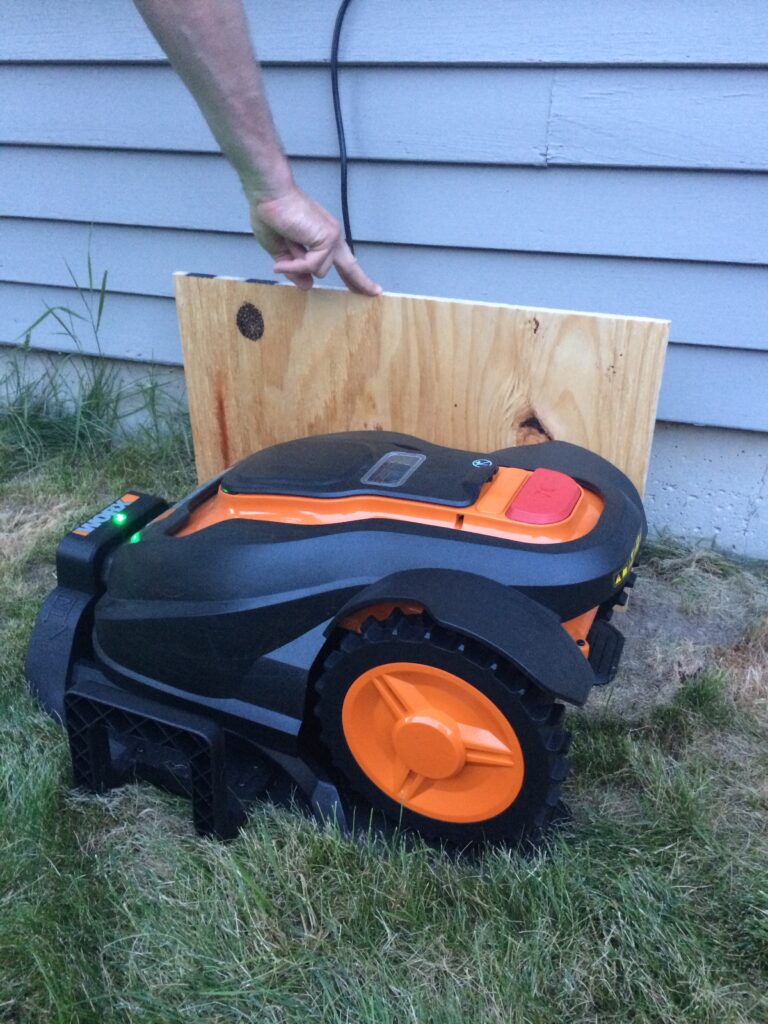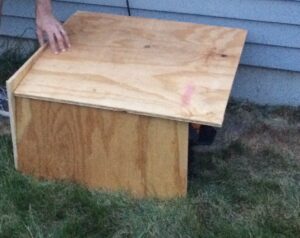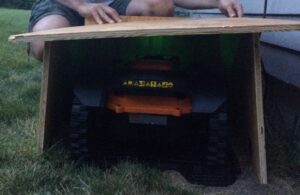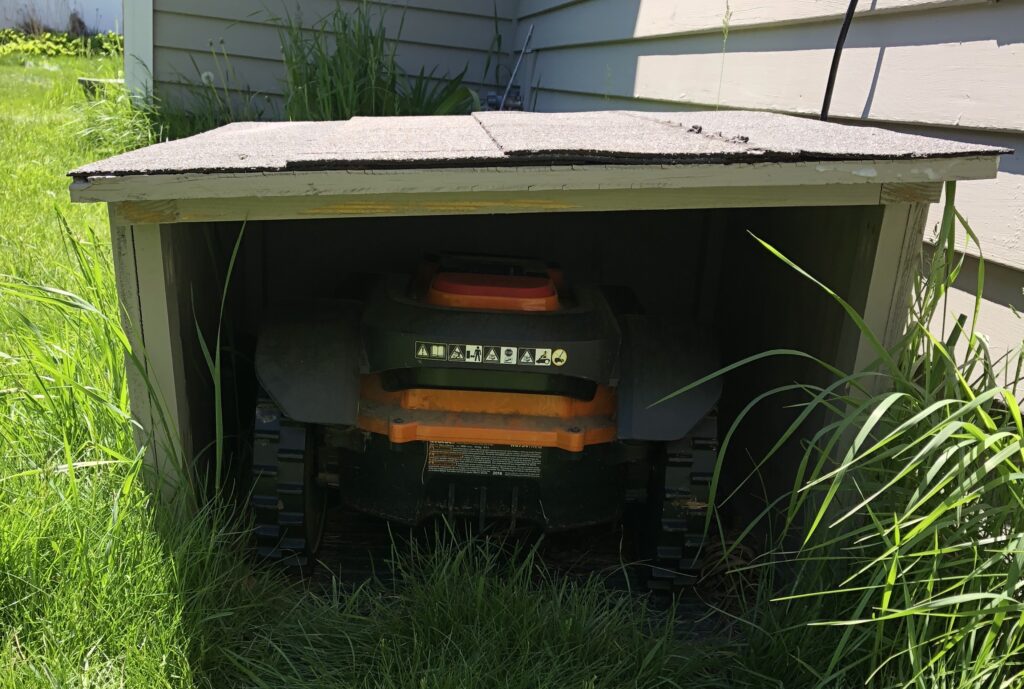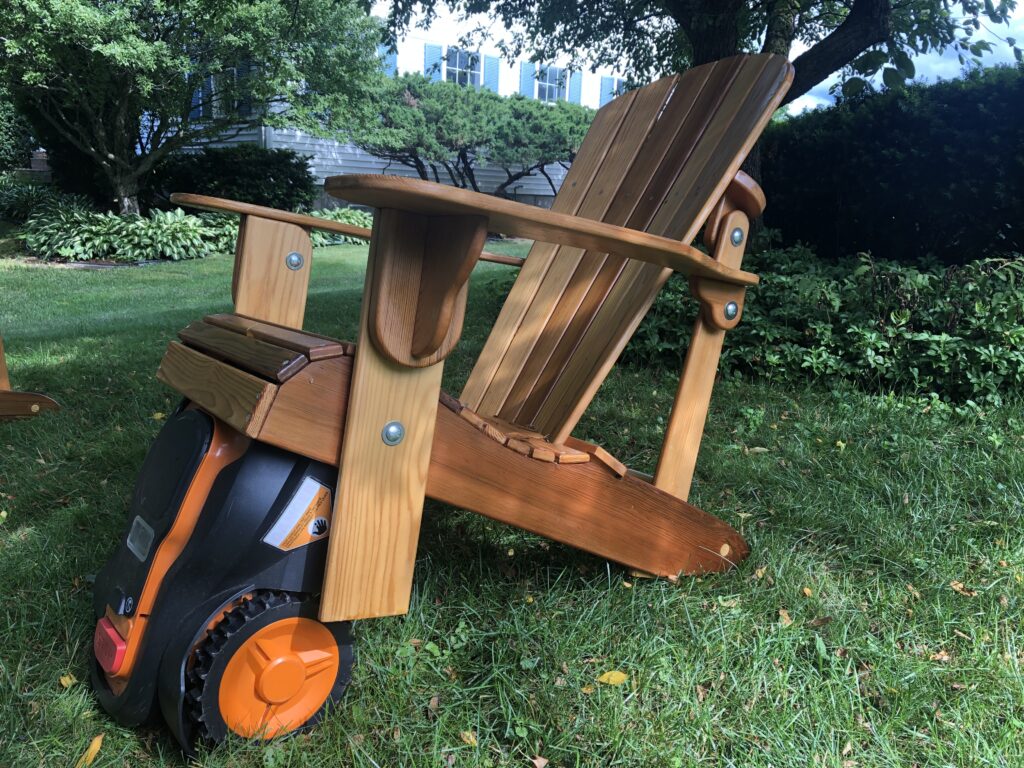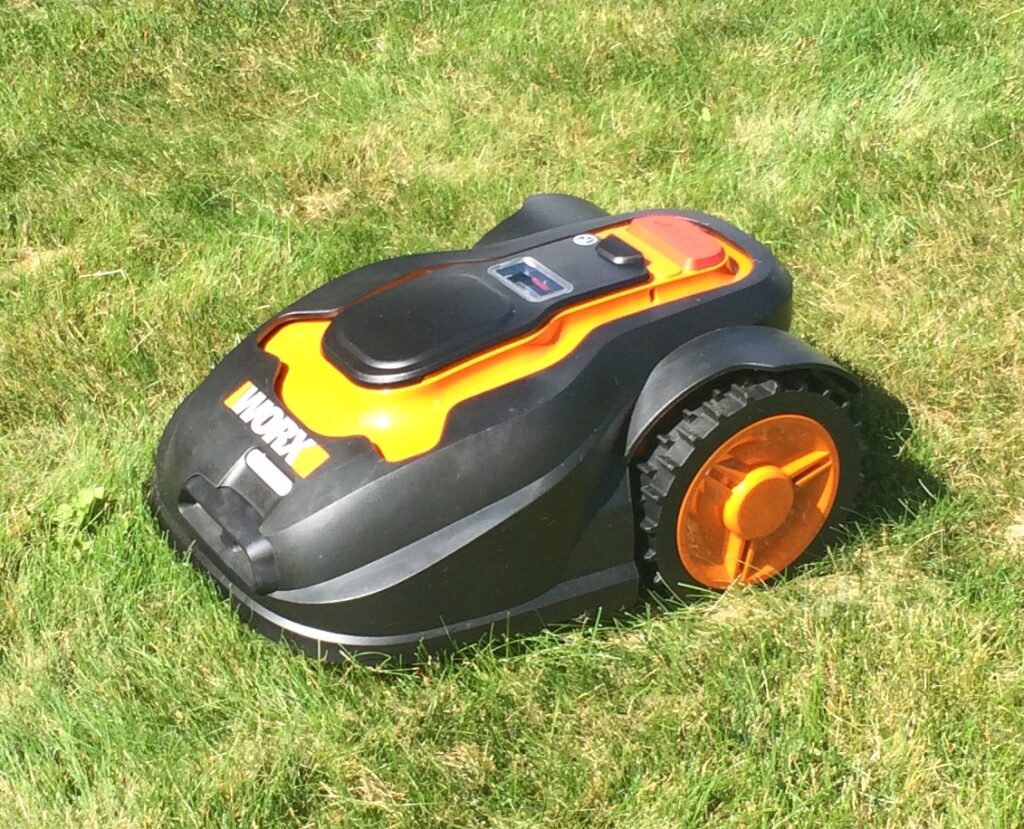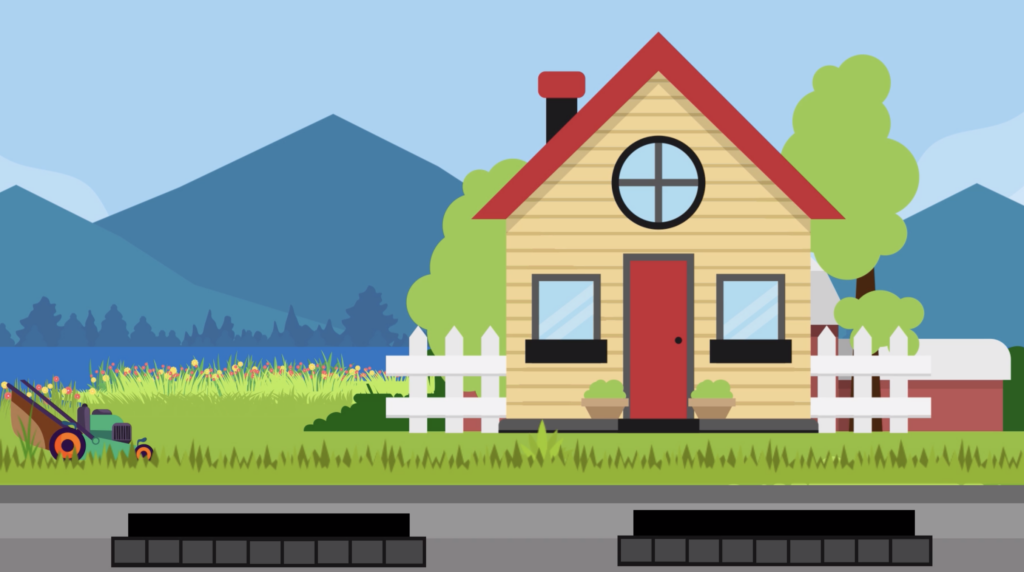
Today, with just two more Mo Monday posts in 2020, I am excited to introduce a newly-released 35-second video that shares the key messages of — and reasons for — the #RaiseTheBlade campaign. Click on the image above to watch the video or access it through the Lawn to Lake website. (If you access it through the Lawn to Lake website, choose the “short version” of the two Benefits of Long Grass Growth videos available there.)
We purposefully left one small glitch in the video to see if viewers can spot it. If you find it, email us by October 30, 2020 at seagrant@uvm.edu with the subject line “Mo Monday.” We will randomly select one lucky winner from all email entries received to join a future public trip on Lake Champlain led by Lake Champlain Sea Grant and UVM Extension.
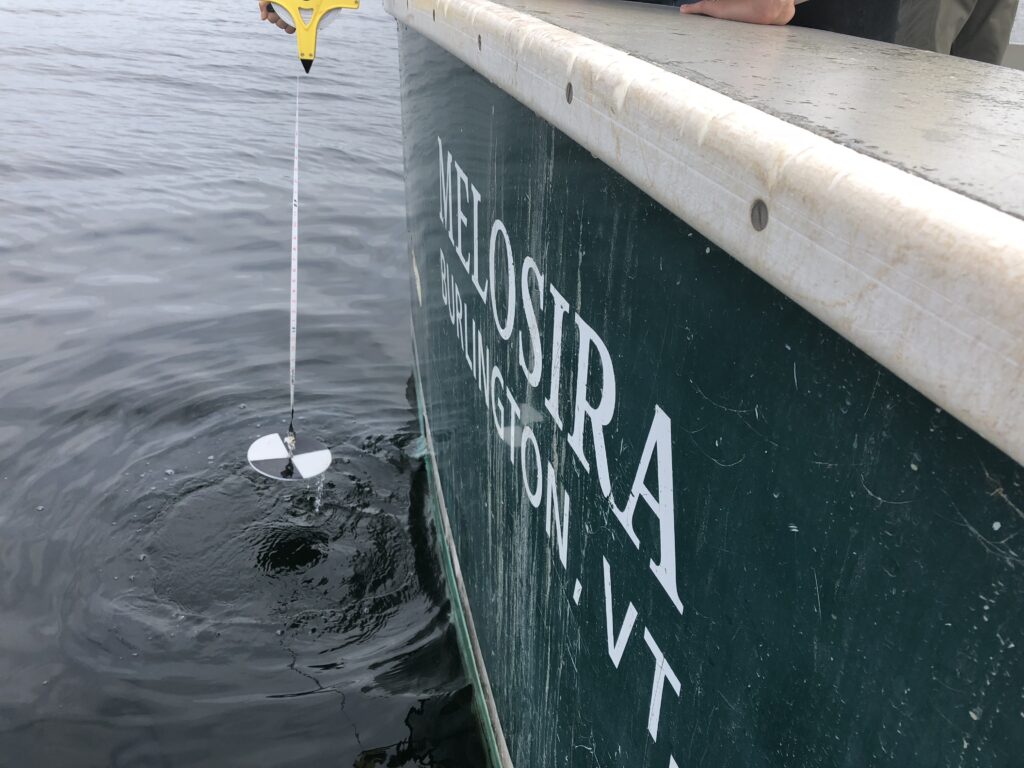
The winner (age 18+) and one guest (minimum age 7) will be invited to come aboard the University of Vermont’s research vessel the Melosira in summer 2021 (pending a COVID-19 vaccine is available and our public trips are able to safely operate). Our public trips give participants an opportunity to learn about the history of the lake and its watershed (the area of land that drains to the lake), and to try their hand as limnologists by studying water quality in the lake.

